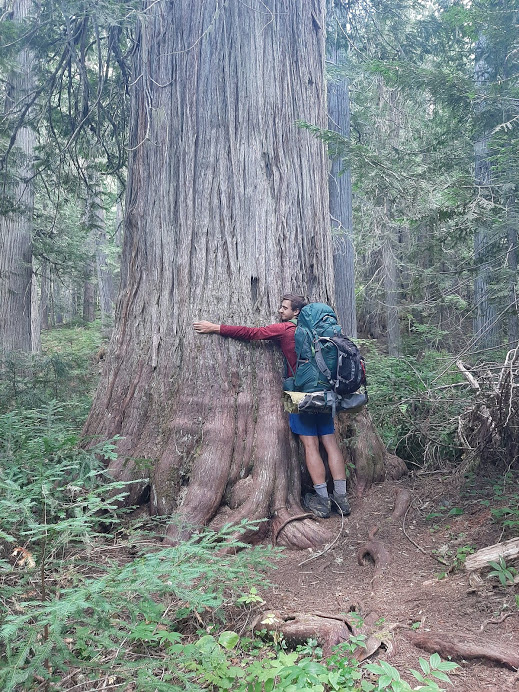Overview
The Western red cedar (Thuja plicata) is a special tree that we are lucky to have in the Great Burn area. There are many groves to be found on and off the trails - some old growth, and some new that are now thriving. Although fairly common, this tree should not be taken for granted as it has held great cultural and ecosystem importance throughout time.
Fast Facts
The Western red cedar is not a true cedar, it’s actually part of the cypress family.
Most commonly in damp or wet forest.
This is a coastal disjunct species found in the Great Burn mission area.
Can live over 1,000 years.
Can grow between 100-200 feet tall.
Fallen branches can actually develop roots and form a new tree.
Second growth wood is not as resist to decay as old growth trees.
The reason why you may sneeze around cedar is because it contains plicatic acid which in itself provokes asthma and allergies.
Bark is traditionally used for baskets, nets, and rope.
Cedar is special due to its durability and its relative light weight.
Has rich cultural value among many tribes, many times being referenced as the “Tree of Life.”
It seems nearly impossible to walk by one without hugging it.



